Venturing beyond the confines of an indoor habitat presents both opportunities and risks for our feline companions.
This article explores the transition from indoor life to the great outdoors, focusing on the adaptability of domestic cats.
For cat parents, the decision to allow their pets outside is weighed with considerations for their cat’s health, life expectancy, and the impact on native wildlife.
While the indoors offer a haven free from the threats of stray cats and environmental hazards, outdoor access can enrich a cat’s physical and mental well-being.
However, pet owners must navigate this landscape carefully, balancing the benefits of outdoor exploration with the potential risks to their beloved pets and the environment.
Understanding Indoor Cats’ Needs
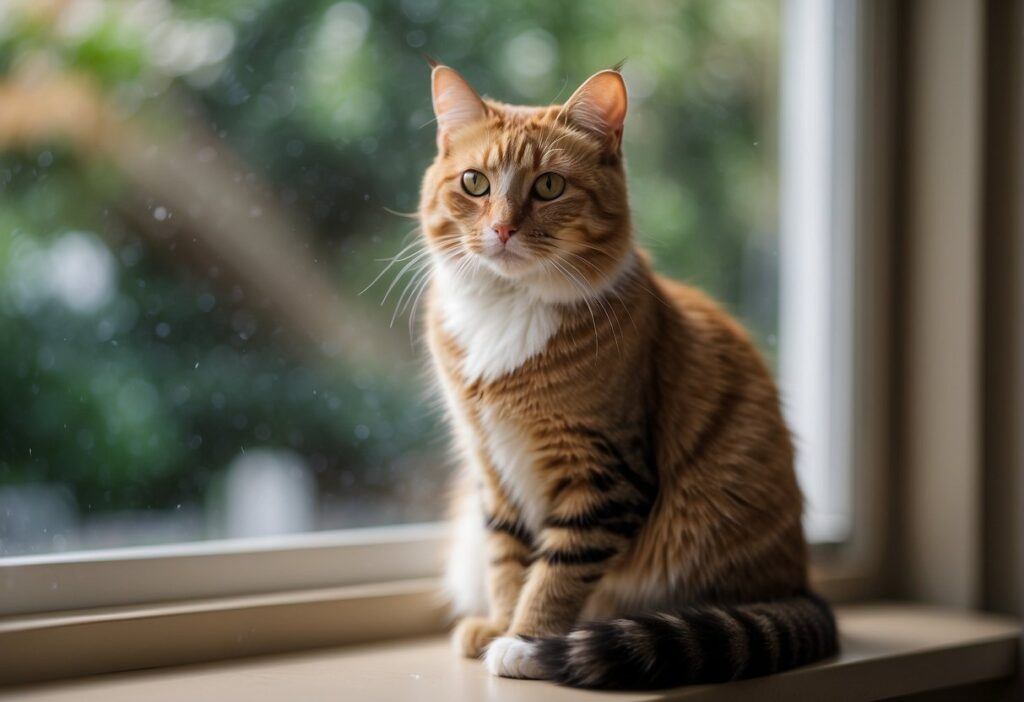
Indoor cats rely on their environment and human companions to meet their physical and mental health needs.
Indoor Environment and Stimulation
The environment for an indoor cat should engage their curiosity and replicate natural behaviors to ensure mental well-being.
Cat trees and vertical spaces elevate cats as they instinctively seek high vantage points. Such structures are crucial for observation and resting.
Scratching posts cater to their instinctual need to scratch, maintaining claw health and offering a physical outlet for stress.
Providing plenty of toys, including interactive toys, is essential for mental stimulation and to prevent boredom, which can lead to behavioral issues.
Health Concerns for Indoor Cats
Indoor cats can be prone to specific health concerns that stem from a sedentary lifestyle.
Obesity is a common issue due to lack of exercise, which can lead to diabetes and other serious health problems.
Vigilant monitoring of their diet and ensuring they get enough physical activity through play is essential for their overall health.
Mental stimulation through interaction with their environment or toys helps to sustain their mental health.
Regular veterinary check-ups are also pivotal in promptly addressing any health concerns.
Assessing the Risks of Outdoor Access
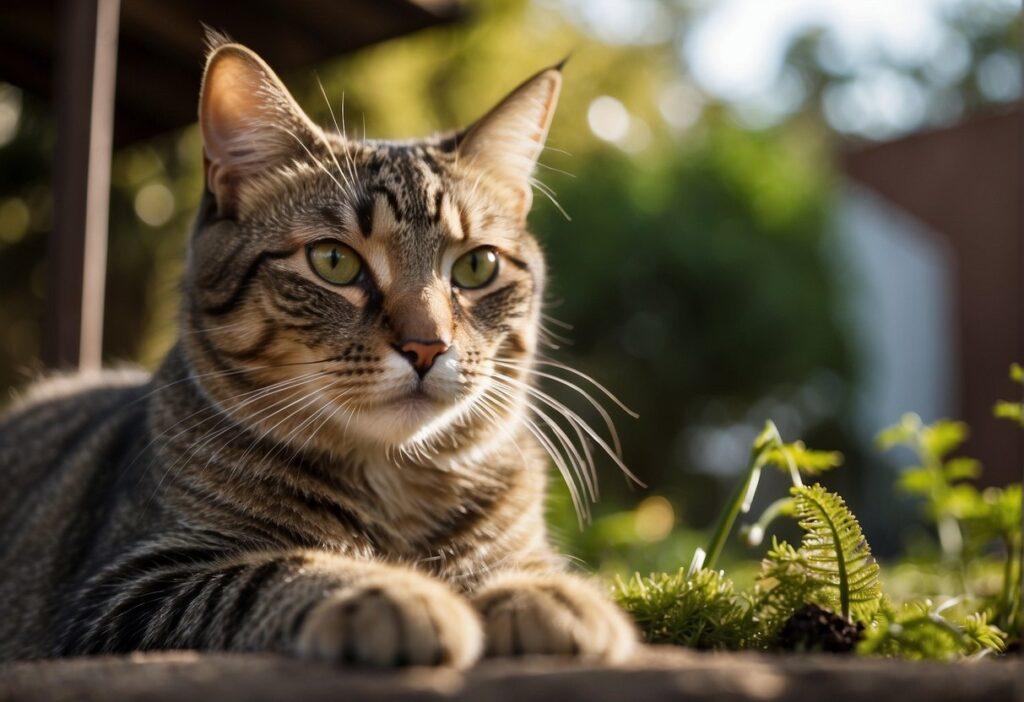
Indoor cats face a variety of hazards when they gain outdoor access, posing significant safety and health risks.
Safety Risks for Free-Roaming Cats
Outdoor environments present numerous safety threats to indoor cats.
Road traffic accidents are a primary concern, as cats may not have the instinct or experience to navigate busy streets.
Unsuspecting cats may also encounter aggressive feral or wild animals that could lead to injury or death.
Other dangers include the possibility of theft or unintentional poisoning from ingesting toxic substances found outside.
- Common Outdoor Safety Hazards:
- Traffic and vehicles
- Hostile animals
- Human malice or theft
- Poisonous substances
Health Implications of Outdoor Exposure
Indoor cats venturing outside are exposed to various health concerns that are not present indoors.
They risk contracting diseases from feral cats or parasites from free-roaming cats.
Exposure to unpredictable weather can also lead to conditions such as hypothermia or heatstroke.
- Typical Health Risks:
- Contagious diseases (Feline leukemia virus, Feline immunodeficiency virus)
- Parasites (Fleas, ticks, worms)
- Environmental extremes (Heat, cold)
- Stress related to the adaptation to the outside world
Health Benefits of Outdoor Time
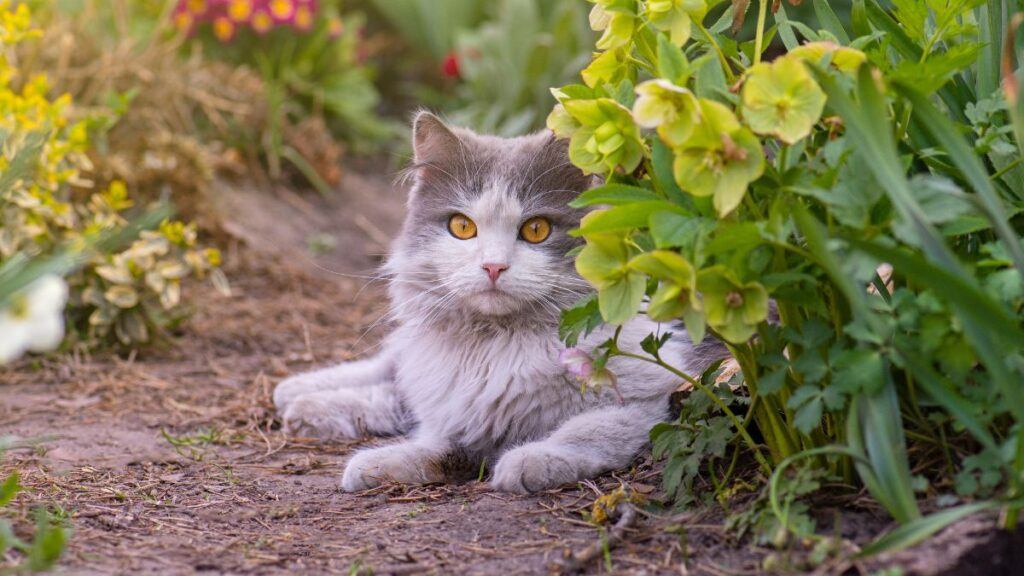
Offering indoor-outdoor cats controlled outdoor time can positively affect their health and well-being.
Physical Exercise and Mental Well-Being
Cats typically require regular physical activity to maintain a healthy weight and prevent obesity-related issues.
Outdoor time enables cats to engage in more vigorous exercise, such as running and climbing, which can be limited inside a home.
Such activities ensure they get enough exercise to support cardiovascular health and muscular development.
Mental stimulation also plays a critical role in a cat’s overall health.
Exposure to fresh air and varied environments during outdoor excursions can help reduce stress and boredom, contributing to better mental health.
Natural Behaviors and Environmental Interaction
An outdoor environment allows cats to express natural behaviors deeply ingrained in their instincts.
Activities like hunting (even if it is just insects or leaves), exploring, and scent marking are fundamental to a cat. These behaviors provide mental stimulation that is necessary for their well-being.
While outdoor access can be beneficial, it’s crucial to balance this with the safety of local wildlife populations.
Owners should monitor their cats to ensure minimal disruption to the ecosystem. Domestic cats are known to hunt birds and small mammals.
Related: Best Outdoor Cat Breeds For Your Home Adventure
Precautions for Indoor Cats Exploring Outdoors
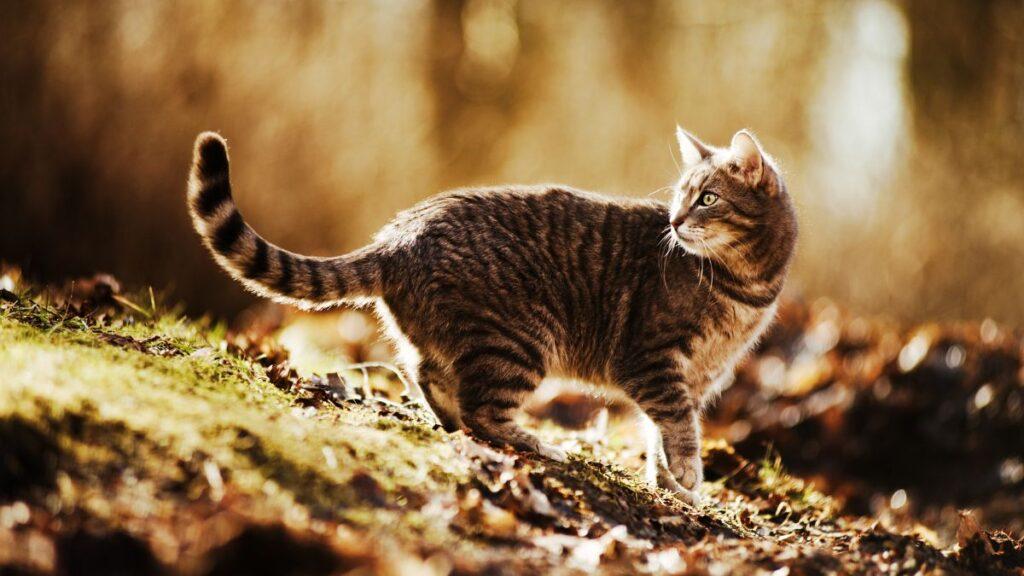
To mitigate risks, owners should prioritize safety and health when letting an indoor cat outside.
Safe Outdoor Environments
Supervision is critical when transitioning an indoor cat to the outdoors.
Secure enclosures or fenced yards provide a controlled environment where cats can explore without wandering off.
Alternatively, a cat harness can help keep cats safe during supervised walks.
Cat doors offer convenient access but should lead to an enclosed area.
Technology-enabled cat doors can ensure only your cat has access. Here’s a clear format to understand these options:
| Method | Description | Notes |
|---|---|---|
| Secure Enclosures | Designated outdoor space safe from other animals | Must inspect for escape gaps |
| Supervised Walks (Harness) | Allows exploration with owner’s control | Requires training for the cat |
| Tech-Enabled Cat Doors | Grants access to and from the house | Ensure it’s set to keep others out |
Preventing Health Issues
Outdoor explorations increase a cat’s exposure to infectious diseases like feline immunodeficiency virus (FIV) and feline leukemia.
Vaccinations are crucial before allowing a cat outside.
Regular vet check-ups help prevent and detect health issues early on.
Indoor cats often lead healthier lives, so preventive measures against external threats like ear mites, fleas, and ticks are required.
Preventatives and treatments should be a routine aspect of their health care.
Here’s a summary of health precautions:
- Vaccinations: Essential for protection against common outdoor-spread diseases.
- Regular Check-Ups: Spot early signs of health issues not typically faced indoors.
- Preventatives: Use flea, tick, and ear mite treatments routinely.
Making an Informed Indoor-Outdoor Decision
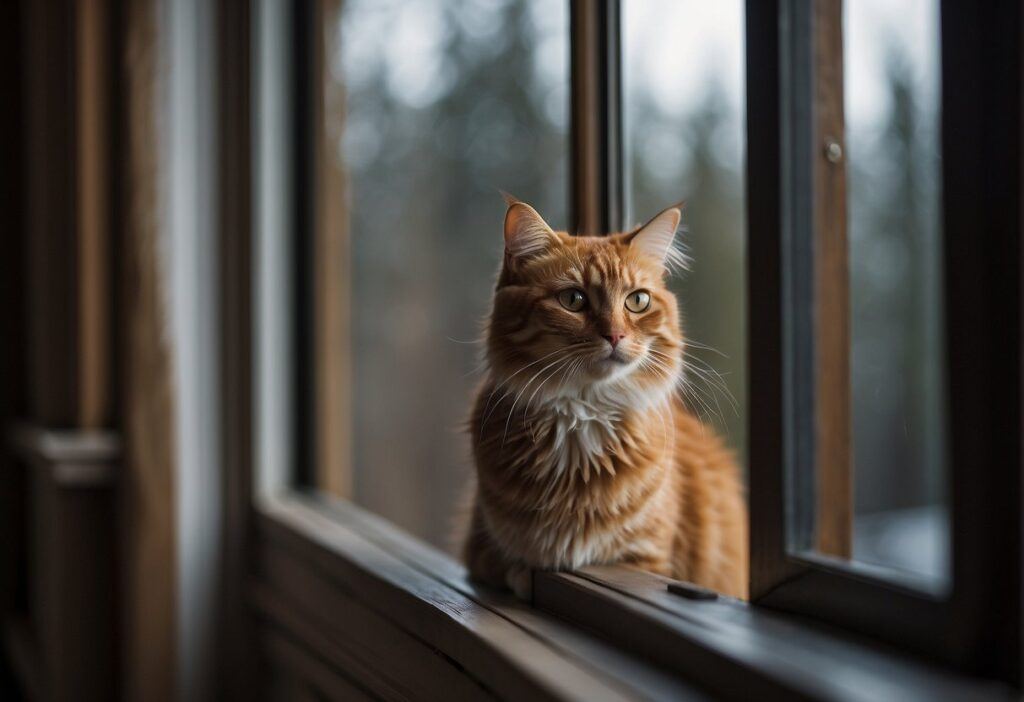
Choosing whether to allow an indoor cat to explore outdoors involves evaluating various factors critical for the cat’s wellbeing.
Considerations for Cat Owners
Cat owners must weigh the pros and cons when letting their cats venture outside.
The American Veterinary Medical Association cites outdoor environments as potential sources of increased physical exercise and risks such as disease, traffic, and predation.
- Pros:
- Enhanced stimulation
- More opportunities for physical activity
- Cons:
- Exposure to parasites and disease
- Increased risk of injury from traffic, falls, or fights
- Possibility of theft or animal cruelty
Alternatives to Free-Roaming
Considering the risks, pet parents often look for safer options.
The Animal Humane Society suggests alternatives that provide the benefits of being outdoors while minimizing dangers:
- Structured Outdoor Time: Supervised time in a secure environment like a fenced yard.
- Safe Enclosures: Catio or screened-in porch to offer an outdoor experience without exposure to threats.
- Harness Training: Walking a cat on a leash allows controlled outdoor exploration.
These choices help pet parents ensure the safety and health of their feline companion while allowing for some level of outdoor activity.

Meet Ann Haasnoot, the passionate founder of CatFurLife.com. A lifelong cat lover from Wisconsin, Ann combines her extensive feline behavior and care knowledge with her love for writing. On her website, she shares invaluable insights about cat breeds, care tips, and her experiences with her beloved furbaby, aiming to deepen the bond between cats and their human companions.
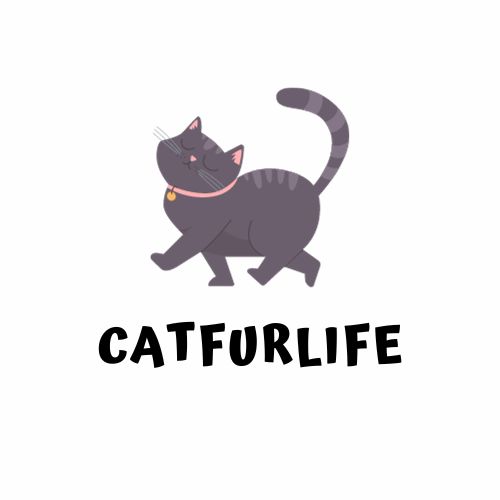
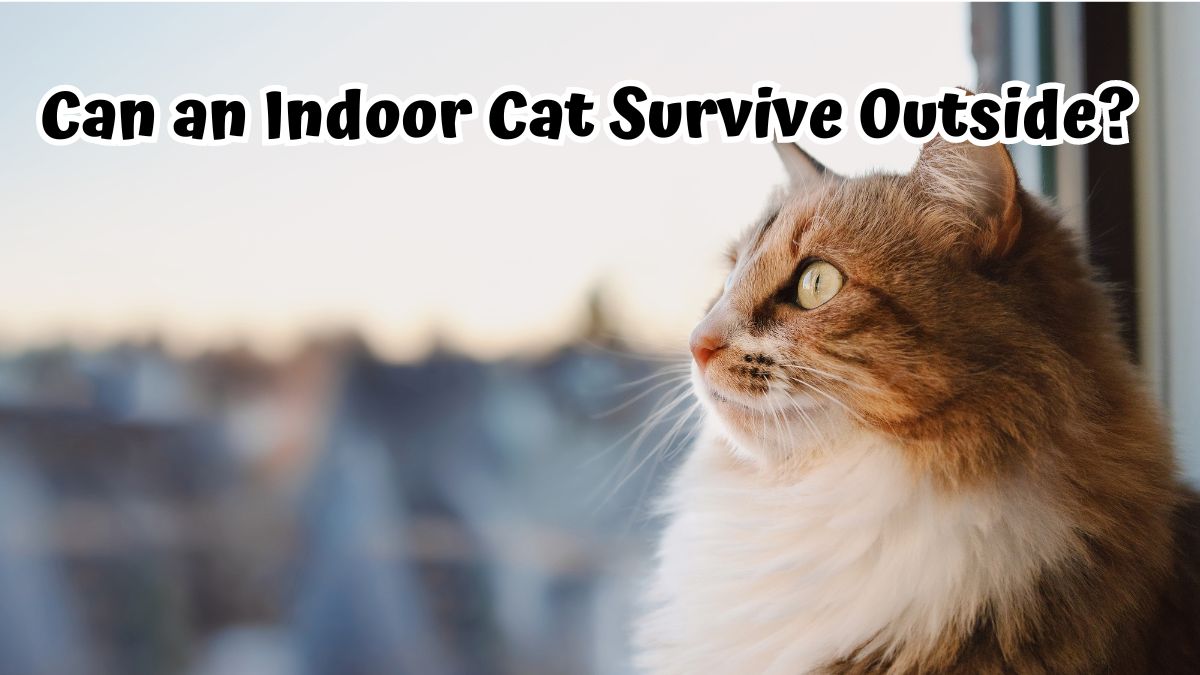
My 2 cats grew up mostly as indoor cats. Wandering and getting lost from time to time., always returning home sometimes after months or a month. I have recent recently left my husband because of abuse to cats and myself. I have been informed by outside sources that he kicked my cats out the day I left. One has diabetes? What are the chances they are ok. One may have been dead under the porch, though he said he would ‘deal with it later’ I was unable to take them when I fled and when I left I only took the clothes on my back. It was winter. I feel so concerned and sad. Though feel I had no control over the whole situation…
Sorry to hear about your situation. I hope you are doing well now. As for the cats it all depends on their health and adaptability. The main thing is you got out of that situation safely. Take care and God bless!!